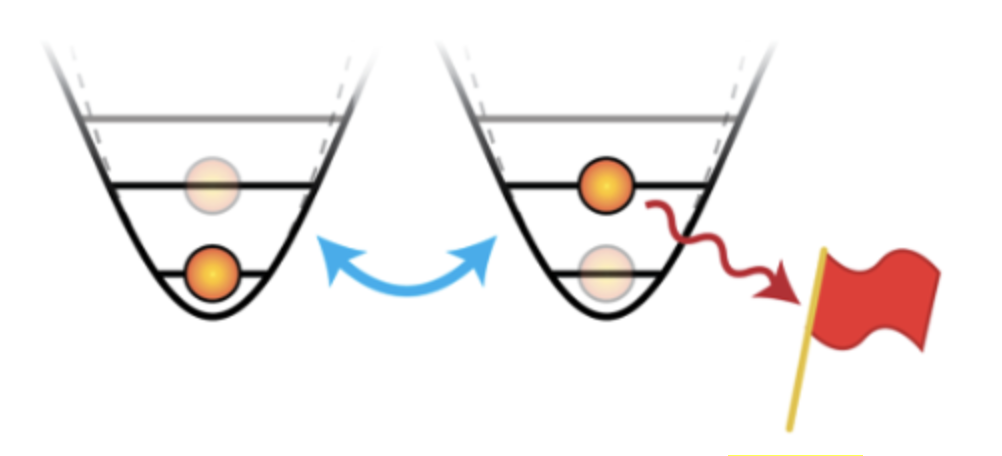Insider Brief
- AWS Center for Quantum Computing team says they may have discovered a promising solution for quantum errors.
- The team demonstrated a new qubit that converts the majority of errors into a special class known as “erasure errors,” which can be detected and fixed much more efficiently.
- While scaling must be addressed, the scientists said the findings could point the way to large-scale, error-corrected quantum computers.
In the race to develop powerful quantum computers, one of the biggest roadblocks has been their extreme sensitivity to errors introduced by environmental noise. Even the smallest disturbance can corrupt the delicate quantum states that form the basis of quantum computation.
Now the AWS Center for Quantum Computing team says they may have discovered a promising solution to this hurdle. The researchers report in a blog post that they have designed and demonstrated a new type of quantum bit, or qubit, that converts the majority of errors into a special class known as “erasure errors” – and these errors can be detected and fixed much more efficiently than standard quantum errors.
The team writes: “Quantum error correction is a powerful tool for combating the effects of noise. As with error correction in classical systems, quantum error correction can exponentially suppress the rate of errors by encoding information redundantly. Redundancy protects against noise, but it comes at a price: an increase in the number of physical quantum bits (qubits) used for computation, and an increase in the complexity and duration of computations.”

Erasure errors, on the other hand, are uniquely identifiable because they literally erase the quantum information from the system, leaving a telltale flag.
According to the study the team published in the journal Physical Review X: “Quantum error correction with erasure qubits promises significant advantages over standard error correction due to favorable thresholds for erasure errors.”
A critical innovation, according to the researchers, was designing a new qubit made from a pair of coupled superconducting circuit elements called transmons. One of the main reasons for errors in transmons stems from photons escaping, leading to the transmon’s relaxation from the state |1⟩ to |0⟩, the researchers report. This phenomenon represents a type of bit-flip error that disrupts the information within an individual transmon.
The team encoded a single ‘dual-rail’ qubit in a pair of transmons in order to be able to flag errors that are caused by photon leakage.
In this dual-rail setup, the logical qubit states correspond to having either the left or right transmon populated with a single photon. Leakage of that photon then causes an erasure error that can be detected. At the same time, the coupling between the two transmons helps protect against other types of errors like dephasing.
In the post, the team explains: “We find that this decay [to the erasure state] occurs on a typical timescale of around 30 microseconds.” Crucially, “bit-flip and phase-flip errors take place on a much longer time scale of close to 1 millisecond, roughly 30 times longer than the timescale for errors on the underlying transmons.”
In other words, over 96% of the errors afflicting the dual-rail qubit are of the type that can be efficiently caught and fixed.
To detect those erasures without accidentally introducing new errors, the team uses a third “ancilla” transmon coupled to the dual-rail qubit.
The team writes, “By measuring the energy of the ancilla transmon, we can determine if the dual-rail has decayed to the erasure state without distinguishing the other qubit states.”
The researchers demonstrated that this midcircuit erasure checking caused less than 0.1% error per check, validating it as a viable technique. The abstract concludes, “This work establishes transmon-based dual-rail qubits as an attractive building block for hardware-efficient quantum error correction.”
While challenges remain toward scaling up this approach, the introduction of erasure qubits could provide a needed boost in the building large-scale, error-corrected quantum computers and, as the researchers write, it “indicates a potential accelerated path forward for building quantum computers of practical utility.”
As always, for deeper detail and more nuance, read the researchers’ post and the paper.
For more market insights, check out our latest quantum computing news here.
















